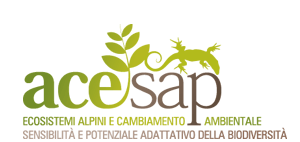| Investigations of the responses to acclimation of upper and lower lethal limits and limits to activity in insects have focused primarily on Drosophila. In the present study, Halmaeusa atriceps (Staphylinidae) is examined for thermal tolerance responses to acclimation, and seasonal acclimatization. In summer and winter, lower lethal temperatures of adults and larvae are approximately −7.6 ± 0.03 and −11.1 ± 0.06 °C, respectively. Supercooling points (SCPs) are more variable, with winter SCPs of −5.4 ± 0.4 °C in larvae and −6.3 ± 0.8 °C in adults. The species appears to be chill susceptible in summer and moderately freeze tolerant in winter, thus showing seasonal acclimatization. Similar changes cannot be induced solely by acclimation to low temperatures in the laboratory. Upper lethal temperatures show a weaker response to acclimation. There are also significant responses to acclimation of critical thermal limits. Critical thermal minima vary between −3.6 ± 0.2 and −0.6 ± 0.2 °C in larvae, and from −4.1 ± 0.1 to −0.8 ± 0.2 °C in adults. By contrast, critical thermal maxima vary much less within adults and larvae. These findings are in keeping with the general pattern found in insects, although this species differs in several respects from others found on Marion Island. |






